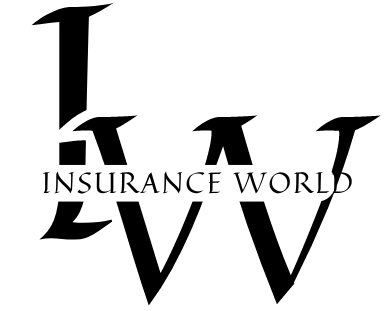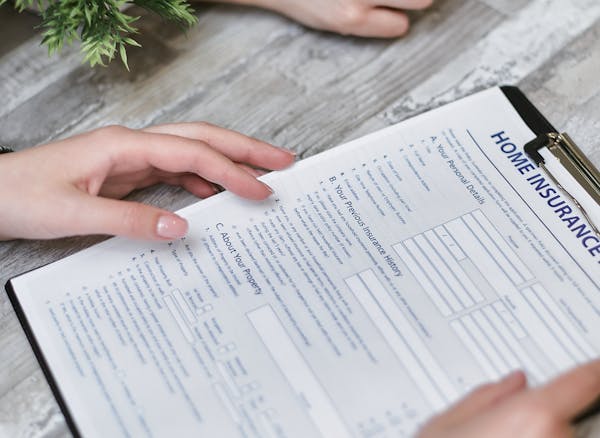Introduction:
Your home is more than just a place to live; it’s your sanctuary, your haven, and a significant financial investment. Home insurance is essential for safeguarding this valuable asset and providing financial protection against unexpected events that could damage or destroy your home. From natural disasters to theft and liability claims, home insurance offers coverage for a wide range of risks, giving you peace of mind and security for your family and belongings. In this comprehensive guide, we’ll explore everything you need to know about home insurance, from understanding the basics to choosing the right coverage to suit your needs.
- Understanding Home Insurance:
- Home insurance, also known as homeowners insurance, is a type of insurance policy that provides financial protection for your home and personal belongings against covered perils.
- It typically consists of several types of coverage, including dwelling coverage, personal property coverage, liability coverage, and additional living expenses coverage.
- Home insurance policies vary in terms of coverage limits, deductibles, and premiums, allowing homeowners to customize their coverage to meet their specific needs and budget.
- Types of Home Insurance Coverage: a. Dwelling Coverage:
- Dwelling coverage protects the physical structure of your home, including the walls, roof, floors, and attached structures such as garages and decks.It provides coverage for damage caused by covered perils such as fire, lightning, windstorm, hail, and vandalism.Dwelling coverage typically pays for the cost of repairing or rebuilding your home up to the policy’s coverage limits.
- Personal property coverage protects your belongings, including furniture, clothing, electronics, and appliances, against damage or theft.It covers the cost of repairing or replacing personal property that is lost or damaged due to covered perils, both inside and outside your home.Personal property coverage limits may vary depending on the policy and may be subject to deductibles and exclusions.
- Liability coverage provides protection against lawsuits and financial responsibility for bodily injury or property damage caused by you, your family members, or your pets.It covers legal fees, court costs, and settlements or judgments if you’re found liable for injuries or damages to others.Liability coverage extends beyond your home to include incidents that occur away from your property, such as accidents involving your vehicle or recreational activities.
- ALE coverage reimburses you for additional living expenses incurred if you’re temporarily displaced from your home due to a covered loss.
- It covers expenses such as hotel bills, restaurant meals, rental accommodations, and transportation costs while your home is being repaired or rebuilt.
- ALE coverage helps ensure that you and your family can maintain your standard of living and avoid financial hardship during a period of displacement.
- Factors Affecting Home Insurance Premiums:
- Location: The geographic location of your home, including factors such as proximity to coastlines, flood zones, and areas prone to wildfires or earthquakes, can impact insurance premiums.
- Replacement Cost: The cost to repair or rebuild your home in the event of a covered loss, including materials, labor, and construction costs, affects insurance premiums.
- Home Features: The age, size, construction type, and features of your home, such as the presence of security systems, fire alarms, and protective measures, influence insurance premiums.
- Claims History: Your insurance claims history, including the frequency and severity of past claims, can affect your eligibility for coverage and premium rates.
- Deductible Amount: The deductible, or the amount you’re responsible for paying out-of-pocket before your insurance coverage kicks in, affects premium rates, with higher deductibles typically resulting in lower premiums.
- Optional Coverage and Endorsements:
- Flood Insurance: Standard home insurance policies typically exclude coverage for flood damage. Flood insurance can be purchased as a separate policy through the National Flood Insurance Program (NFIP) or private insurers.
- Earthquake Insurance: Similar to flood insurance, earthquake insurance is not included in standard home insurance policies and must be purchased as a separate policy or endorsement.
- Scheduled Personal Property: Valuable items such as jewelry, artwork, antiques, and collectibles may require additional coverage beyond the limits of standard personal property coverage, which can be obtained through scheduled personal property endorsements.
- Tips for Choosing the Right Home Insurance Coverage:
- Assess Your Coverage Needs: Evaluate the replacement cost of your home and personal belongings, as well as your liability risks, to determine the appropriate coverage limits for your home insurance policy.
- Compare Quotes: Shop around and compare quotes from multiple insurance companies to find the best coverage at the most competitive price.
- Review Policy Details: Read the terms and conditions of your home insurance policy carefully to understand coverage limits, deductibles, exclusions, and any additional endorsements or optional coverages.
- Consider Discounts: Inquire about potential discounts for factors such as bundling multiple policies, installing safety features, maintaining a claims-free history, or being a member of certain organizations.
- Review Annually: Regularly review your home insurance coverage to ensure it remains adequate and up-to-date, especially after renovations, upgrades, or changes in property value or occupancy.
- Understanding Home Insurance Terminology:
- Deductible: The amount you’re responsible for paying out-of-pocket before your insurance coverage kicks in.
- Premium: The amount you pay for home insurance coverage, usually on an annual or monthly basis.
- Policy Limits: The maximum amount of coverage provided by your home insurance policy for dwelling, personal property, liability, and additional living expenses.
- Exclusions: Events or circumstances that are not covered by your home insurance policy, such as floods, earthquakes, and intentional acts.
Conclusion:
Home insurance is a vital tool for protecting your home, personal belongings, and financial security against unexpected events and disasters. By understanding the basics of home insurance, exploring the different types of coverage available, and choosing the right policy to suit your needs and budget, you can safeguard your haven and enjoy peace of mind knowing that you’re prepared for whatever challenges may arise. Take the time to assess your coverage needs, compare policy options, and review your home insurance coverage regularly to ensure that you have the protection and security you need to protect your home and family. With the right home insurance in place, you can rest easy knowing that your haven is well-protected and secure.

